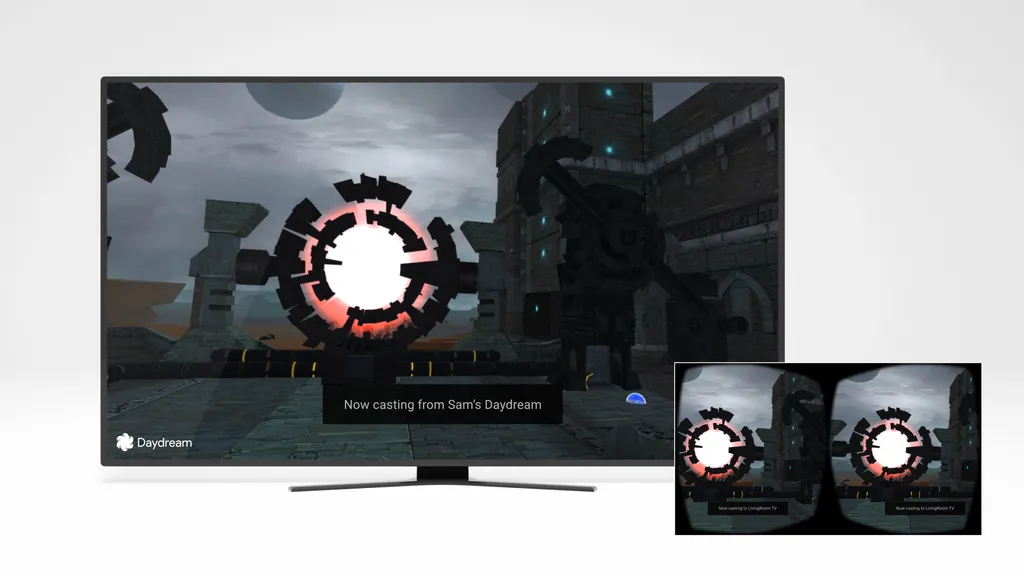Along with similar devices from Oculus and Intel, Google’s new standalone headsets represent the birth of a new type of VR experience. With their arrival, the search engine giant is looking to combat some of the key concerns about the current state of VR tech, including isolation.
Google is working on Daydream 2.0, or what it calls Daydream Euphrates. It’s goal is to make VR experiences easier to share with both those around you and others with their own headsets, bringing some intriguing new features to the platform.
When you put on a VR headset, you’re blocking yourself off from the rest of the world. You won’t be able to see your friends and family in the room with you and, if you’re on a mobile headset, they won’t be able to see what you’re doing, either. That’s no longer true with Google’s new standalone devices. Using the company’s Chromecast device, you’ll be able to beam the images from inside the headset onto a nearby TV. Want your friends to discover Eclipse alongside you? Head to options and broadcast to the external screen. It’s as simple as that.
One of Daydream’s biggest apps is YouTube VR, which allows you to watch 360 degree content on demand. The traditional YouTube experience can be enjoyed with friends, sharing the same screen, which obviously isn’t possible in VR. With Euphrates, Google allows you to invite other friends into your YouTube viewing experience. They won’t appear as virtual avatars like they would in some other 360 experiences like Facebook Spaces, but you’ll be able to talk to your friends and share videos with them.
Daydream is also getting new sharing features, like simple screenshot capturing, bringing it more in line with features you’d expect on modern day consoles. That said, there’s no mention of features available on Gear VR like livestreaming to Facebook just yet.
We don’t have a launch window for Daydream Euphrates yet, but we’ll hopefully have more news for you later on today. You can expect these features to be a part of the company’s new standalone VR headsets, announced yesterday, which will also bring positional tracking to Daydream.


























